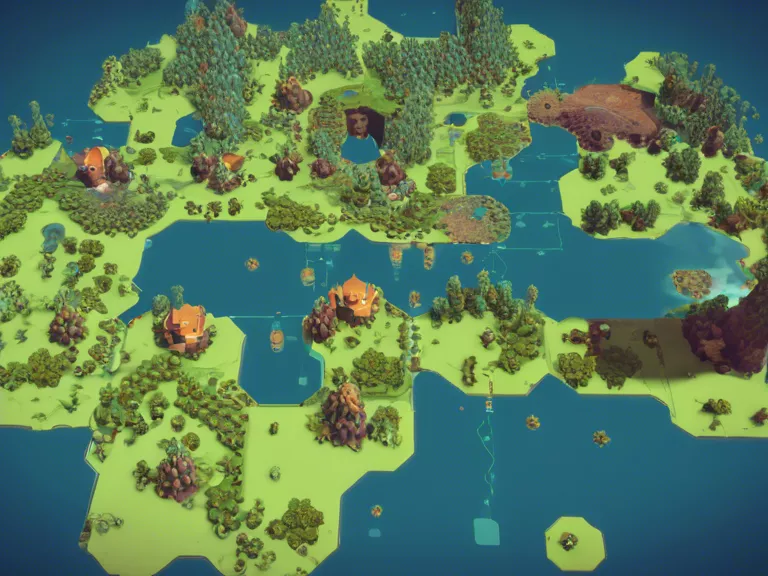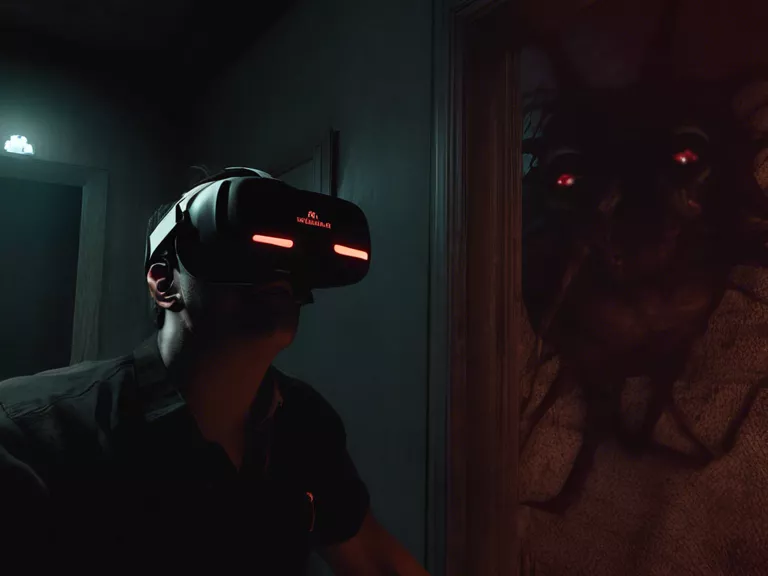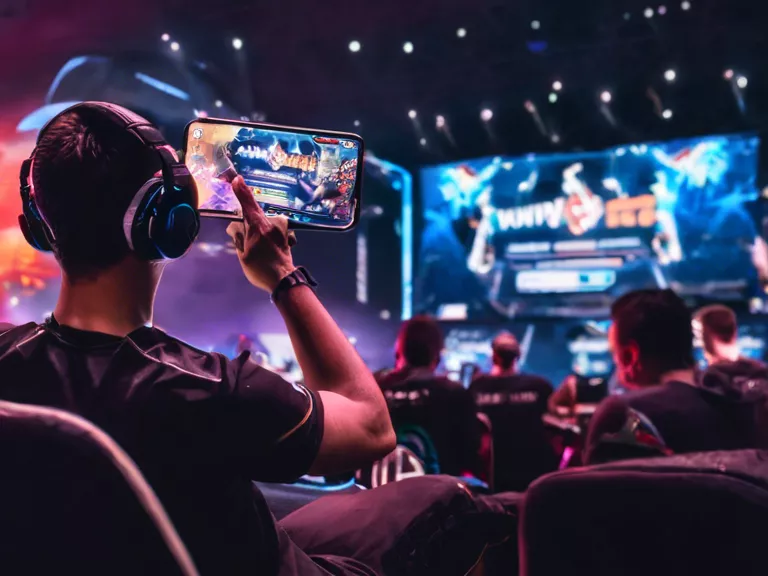
With the advancements in technology, procedural generation has become a game-changing tool in the world of game development. By utilizing algorithms to create content on the fly, developers can now generate infinite game worlds that are unique and dynamic with each playthrough. This article explores how procedural generation is revolutionizing the gaming industry and creating limitless possibilities for players.
Procedural generation is a technique that uses algorithms to generate game content in real-time, rather than designing it manually. This means that each time a player enters a new game world, it is created on the spot, ensuring a fresh and exciting experience every time. This technology has been used in games like No Man's Sky, Minecraft, and Spelunky, where the worlds are vast and ever-changing.
One of the key benefits of procedural generation is the infinite replayability it offers. With dynamically generated content, players can explore new worlds, encounter unique challenges, and discover hidden treasures with each playthrough. This not only keeps the game exciting and engaging but also allows players to have a truly personalized experience every time they dive into the game.
Moreover, procedural generation allows developers to create larger and more complex game worlds without the need for manual design. This means that developers can focus more on game mechanics, storytelling, and gameplay, rather than spending countless hours designing each level or environment. It also enables smaller indie developers to create expansive worlds with limited resources, leveling the playing field in the gaming industry.
In conclusion, procedural generation is transforming the way games are created and played by offering infinite possibilities for players and developers alike. With constantly evolving game worlds, players can immerse themselves in unique experiences each time they play, making for a more engaging and memorable gaming experience.



